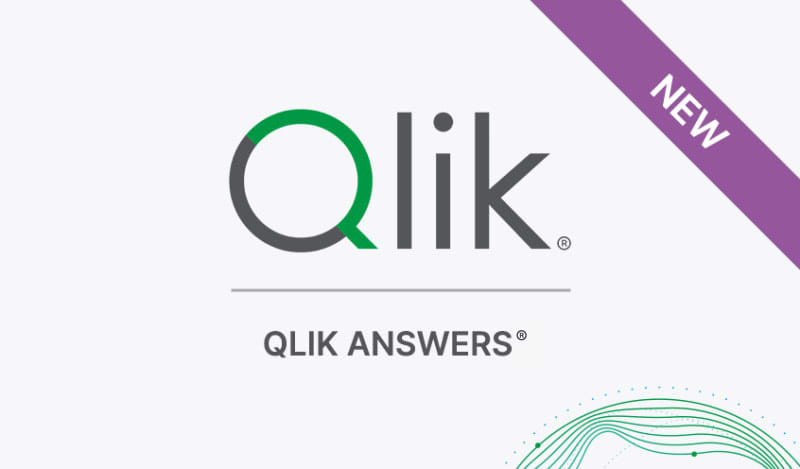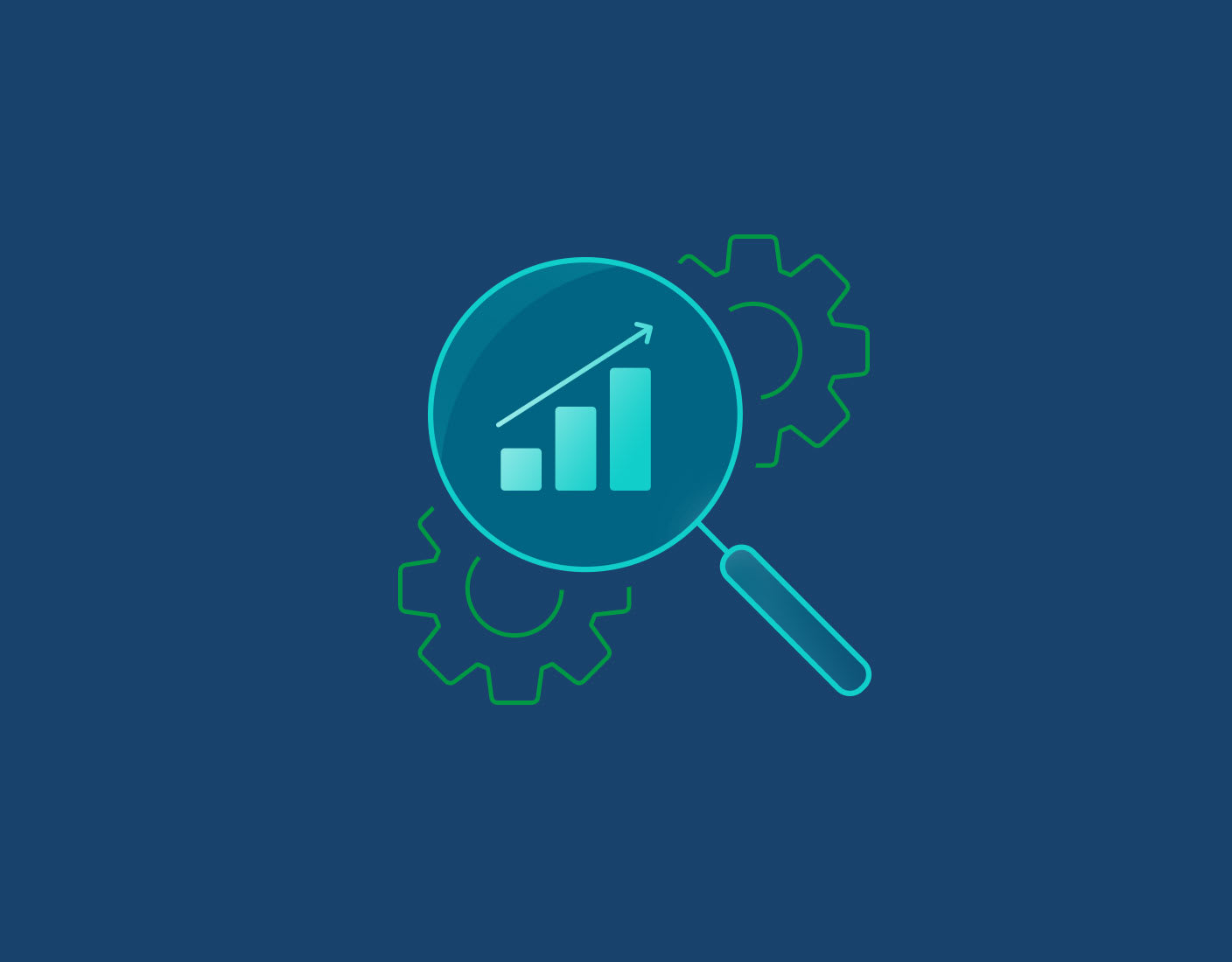Database-Vendor Provided DB2 Replication Tools vs. Third-Party Replication Tools
IBM offers users of its DB2 databases various built-in or add-on technologies for DB2 replication. The most popular of its replication tools are DB2 SQL Replication and Q Replication, a queue-based replication tool—both of which approach DB2 replication through DB2 CDC or change data capture. With SQL Replication, changes made to the database are detected from transaction logs, and captured changes are then stored in staging tables on the source database. A separate program retrieves those changes, using standard SQL statements to adjust table content on the target system accordingly.
Although SQL Replication is a powerful tool, some users prefer Q Replication, IBM's newer architecture for DB2 replication, which enables high-volume, low-latency replication by leveraging WebSphere MQ queues as a transport mechanism for captured data changes. On the other hand, other users are finding that third-party data replication tools are a better option for DB2 replication because of their affordability, ease-of-use, and greater flexibility in terms of replication schemes and source/target system support.















































